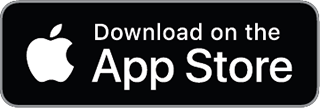Moss Landing State Beach surf forecast guide
Moss Landing State Beach is known for being one of California's notable beachbreaks. Nestled near the Monterey Bay, it has a unique geography due to the nearby Monterey Canyon. This means that the surf here can pack a punch, making it a spot that attracts surfers looking for something challenging. During the winter months, when west swells roll in and offshore winds sweep from the Salinas Valley, the waves can be both impressive and daunting. There’s parking available at Moss Landing State Park, which makes getting to the beach a bit easier.
The surf at Moss Landing can range widely from around 0.6 meters (2 feet) to 6 meters (20 feet). The beachbreak serves up both lefts and rights over a sandy bottom, with powerful and fast-moving waves that can be fun but also frustrating for less experienced surfers. It’s best suited for intermediate to expert surfers, especially when the winter swells hit. The preferred wind direction is east, which keeps the waves clean, and it can handle all tide heights—low, mid, or high. It’s worth noting that while the surf gets gnarly as you move north, the waves near the jetty tend to be smaller. Just be prepared for the challenges that come with the powerful conditions, like strong paddling requirements and the occasional triple-overhead wave.
While surfing at Moss Landing, you might encounter some local surfers who can be protective of their spot, so be respectful and share the waves. The environment is usually clean, but conditions can change quickly, with frigid offshore winds and some strong currents. Plus, don’t be surprised if you face some hefty sets—staying aware of your surroundings is important. The surf season here typically runs from September to April, with the best conditions found in autumn, winter, and spring, making it a great spot for those looking to sharpen their skills or test their limits.

